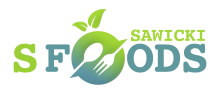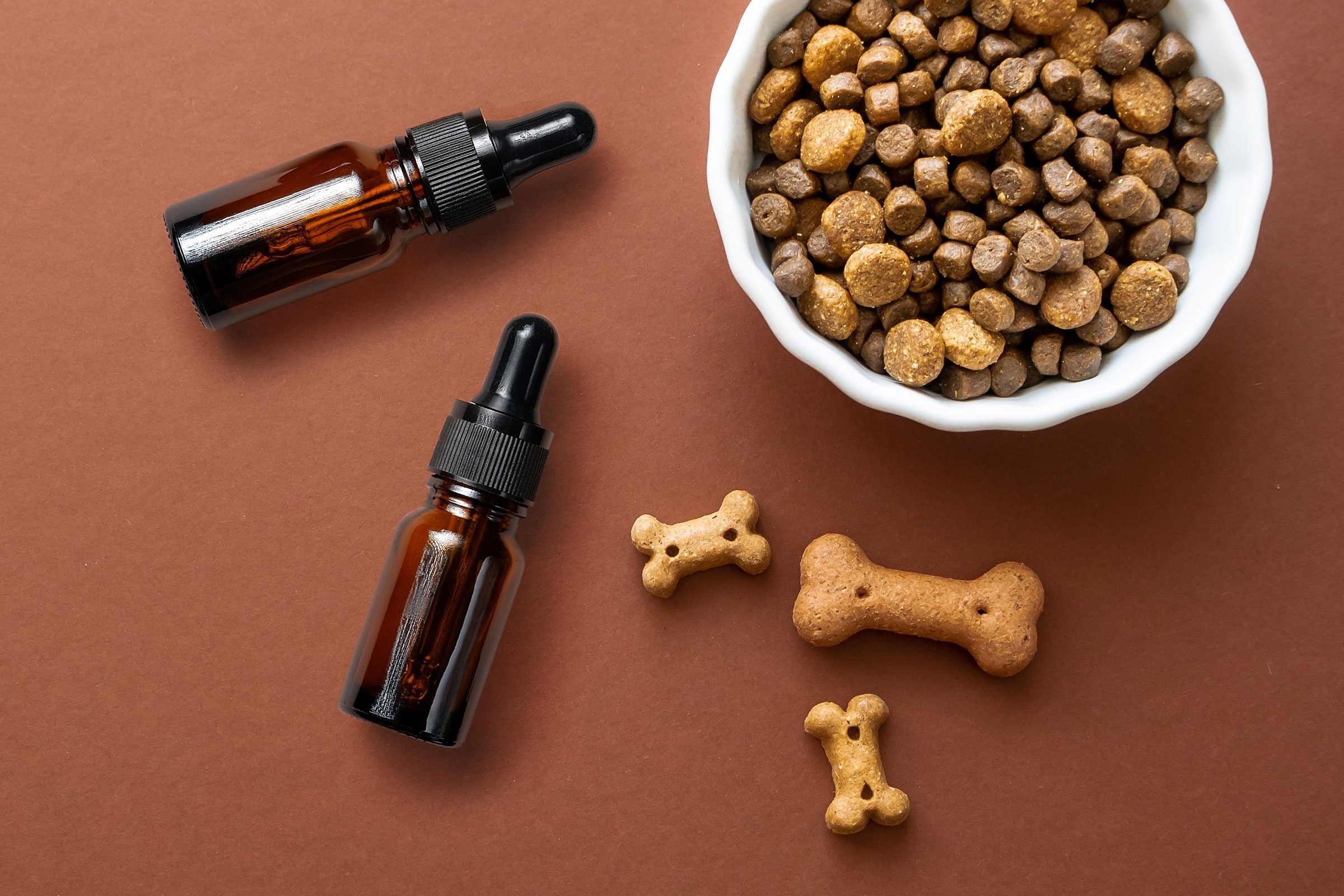Knowledge about food safety is important for everyone, but it is especially true for those who work in the food industry. The vast majority of people who work in the food industry do not realize that there are different types of food safety strategies to use.
It is important for all companies to know what types of precautions they can take to protect themselves and their customers from potentially harmful diseases. Proper regulation of raw foods, storing foods at safe temperatures, and following proper cleaning procedures are some examples.
There are many different ways that you can keep your company safe from harm caused by contaminated foods. The most important thing for all companies to know is that there are many different types of food safety strategies they can use to help protect themselves and their customers against potential harmful diseases.
The Techniques for Food Safety Compliance
Food safety is an issue on which there is no room for errors. It has always been of utmost importance to comply with the FDA (Food and Drug Administration) regulations, regardless of the size or type of food processing company. The techniques that are used to ensure compliance can be both manual and automated. These techniques also vary depending on the type of food being processed, but generally speaking, compliance can be achieved by maintaining cleanliness in food processing environments, training employees on safety procedures, implementing proper maintenance procedures for equipment and machinery, establishing adequate sanitation protocols for raw materials and finished products and by following good manufacturing processes during all stages of production.
Choosing the Right Storage Facility for Your Food Industry Business
Food storage facilities offer varying types of storage facilities for different food industry businesses. Considering the type of business you are in, the size of your operation, and the type of food you store can help you decide which facility is best suited for your needs.
Choosing the right storage facility for your food industry business is crucial to improving operational efficiency and reducing costs.
A Guide on Temperature Monitoring Devices
A thermometer is a device that monitors and displays the temperature of a patient or object. It detects changes in temperature and uses this information to take action, like alerting the caregiver to potential danger.
There are many different types of thermometers available for purchase. These include:
-Medical thermometers, which are used as conventional or digital rectal, oral, or underarm devices as well as infrared temperature guns and tympanic membrane (ear) thermometers for infants and other children;
-Industrial thermometers used in all types of manufacturing processes;
-Infrared imaging cameras that can measure temperature without contact with the object being measured; and
-Food thermometers that can be inserted into food to check whether it has reached a safe internal temperature.
The increasing global food demand, coupled with the increasing incidences of terrorism and criminal activities, has made it necessary for the food industry to adopt security measures to protect their products. Buy AR15 related accessories and other security weapons to provide complete security for food company.
What Kind of HACCP Plan is the Best for My Restaurant?
HACCP stands for Hazard Analysis and Critical Control Points, and it is a process that is used to identify the potential dangers in food production processes. This process helps to ensure that your restaurant’s food is safe for customers.
There are two types of HACCP plans: HACCP Plan A and HACCP Plan B. The difference between these two plans lies in the level of risk associated with your restaurant’s food production process. If there is a low risk of contamination, then you can use HACCP Plan A for your restaurant. If there is a high risk of contamination, you should use HACCP Plan B for your restaurant.






